Latest Posts
Microsd Card, MMC Card, and CF Card: A Comprehensive Comparison
1. Brief Introduction
The world of digital storage is filled with a variety of options, with CF card, SD card, SM card, Memory Stick, xD card, and MICRO DRIVE being some of the most common. Among these, microsd card, mmc card, and cf card stand out due to their unique features and applications. Understanding their characteristics can help you make informed decisions when choosing the right storage solution for your digital devices.
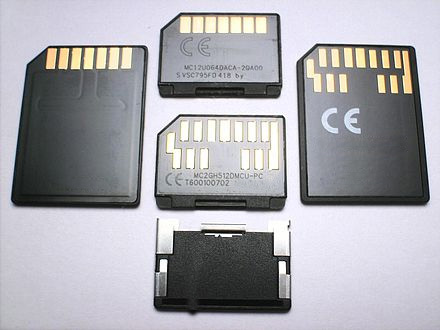
2. Microsd Card
Microsd card, also known as microSD, is a miniature flash memory card that has gained immense popularity in recent years. Its small size makes it extremely convenient for use in a wide range of devices, including smartphones, tablets, digital cameras, and action cameras.
One of the major advantages of microsd card is its high capacity. It is available in various capacities, ranging from a few gigabytes to several terabytes, allowing you to store a large number of photos, videos, music, and other files. For example, a 128GB microsd card can easily store thousands of high-resolution photos or hours of 4K videos.
Another benefit is its compatibility. Microsd cards are widely supported by many devices, making it easy to transfer data between different gadgets. You can easily remove a microsd card from your camera and insert it into your smartphone to share photos or videos.
However, like any other storage medium, microsd cards also have some disadvantages. The read and write speeds can vary depending on the quality of the card and the device it is used in. In addition, microsd cards are relatively fragile and can be easily damaged if not handled properly.
Some popular brands of microsd cards include SanDisk, Kingston, and Samsung. These brands are known for their high-quality products that offer reliable performance and long-term durability.
3. MMC Card
MMC card, which stands for multimedia memory card, was jointly developed by SanDisk and Siemens in 1997. It is a compact and portable storage solution that was initially designed for mobile phones and pagers. However, due to its small size and versatility, it soon found applications in other devices such as digital cameras, PDAs, MP3 players, and portable game consoles.
One of the standout features of the MMC card is its extremely small size. It is only about the size of a postage stamp, with dimensions of 32mm × 24mm × 1.4mm and a weight of less than 2 grams. This makes it ideal for use in handheld devices where space is limited.
MMC cards offer good performance and are available in different capacities to meet the needs of various users. They also have a relatively low power consumption, which helps prolong the battery life of the devices they are used in.
Despite its many advantages, MMC cards are not as widely used today as they once were. This is mainly due to the emergence of more popular storage formats such as microsd card and CF card. However, they are still used in some legacy devices and specialized applications.
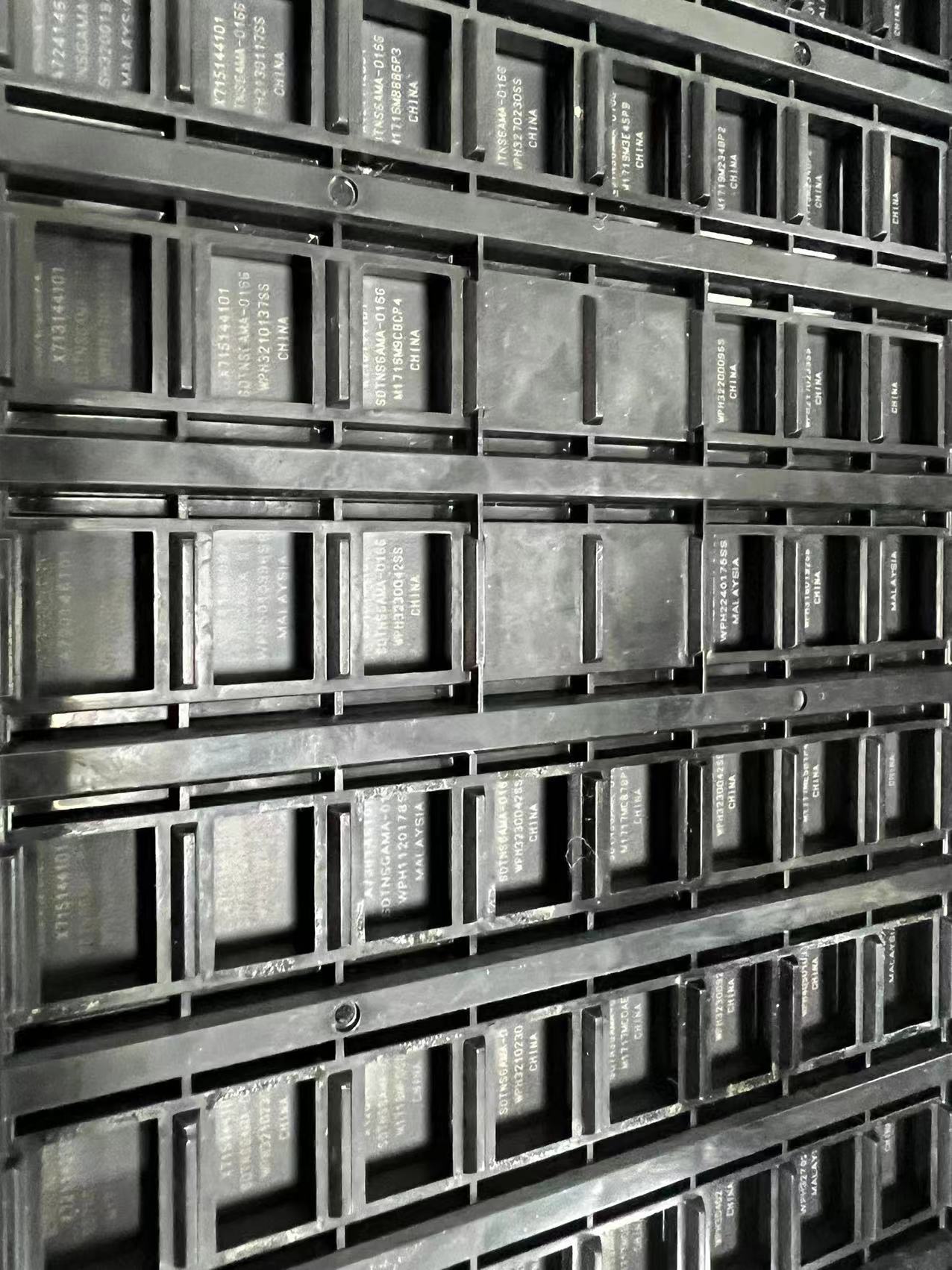
4. CF Card
CF card, or compact flash card, is a high-capacity storage medium that has been widely used in professional digital cameras and other high-end devices. It offers excellent performance and reliability, making it a popular choice among photographers and videographers.
CF cards come in different types, including Type I and Type II. Type I cards are thinner and lighter, while Type II cards are thicker and can accommodate larger capacities. The capacity of CF cards ranges from a few megabytes to several terabytes, allowing you to store a vast amount of high-quality photos and videos.
One of the main advantages of CF cards is their fast read and write speeds. This enables quick transfer of large files, such as high-resolution photos and 4K videos. In addition, CF cards are very durable and can withstand harsh environmental conditions, making them ideal for use in professional photography.
However, CF cards are relatively expensive compared to other storage formats, such as microsd card. They are also larger and heavier, which may not be as convenient for use in some portable devices.
5. Comparison of Microsd Card, MMC Card, and CF Card
| Aspect | Microsd Card | MMC Card | CF Card |
|---|---|---|---|
| Size | Extremely small (about the size of a fingernail) | Very small (size of a postage stamp) | Larger (Type I is thinner, Type II is thicker) |
| Capacity | Wide range, from a few GB to several TB | Varies, but generally less than CF card | Large capacities, up to several TB |
| Speed | Depends on the quality and class of the card | Reasonable performance | Fast read and write speeds |
| Compatibility | Widely supported by many devices | Used in some legacy devices | Mainly used in professional digital cameras and high-end devices |
| Cost | Relatively affordable | Less common, may be more expensive | Expensive compared to microsd card |
| Durability | Fragile and needs careful handling | Relatively durable | Very durable, suitable for harsh environments |
6. Conclusion
In conclusion, microsd card, MMC card, and CF card each have their own unique features and advantages. Microsd card is the most convenient and widely used option, with a great balance of capacity, compatibility, and cost. MMC card, with its extremely small size, is still used in some specialized applications. CF card, on the other hand, offers high performance and reliability, making it a favorite among professional photographers. When choosing the right storage solution, it is important to consider your specific needs and the requirements of your devices.
Overall, understanding the characteristics of these different storage formats can help you make the best choice for your digital storage needs. Whether you need a small and affordable option for your smartphone or a high-capacity and fast card for your professional photography equipment, there is a storage solution out there to meet your requirements.

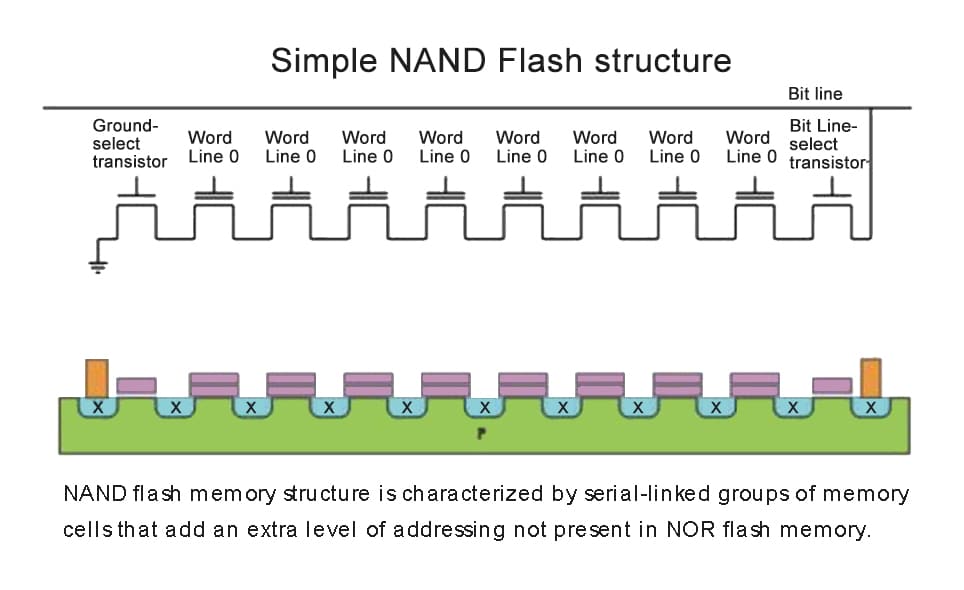
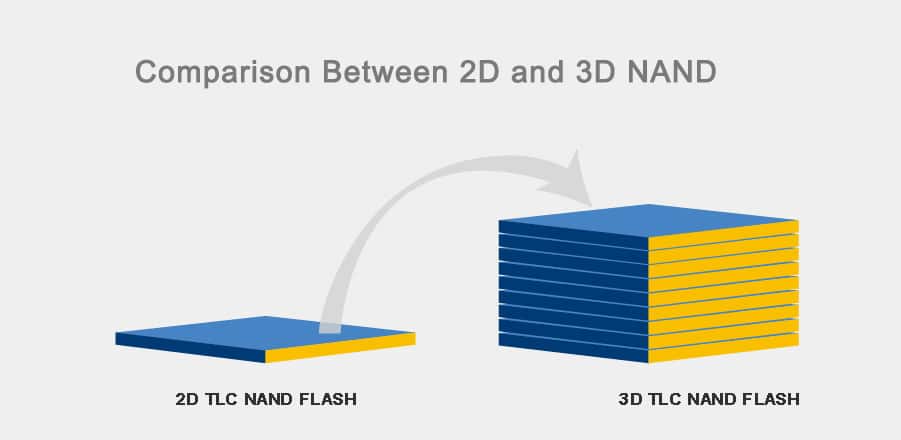
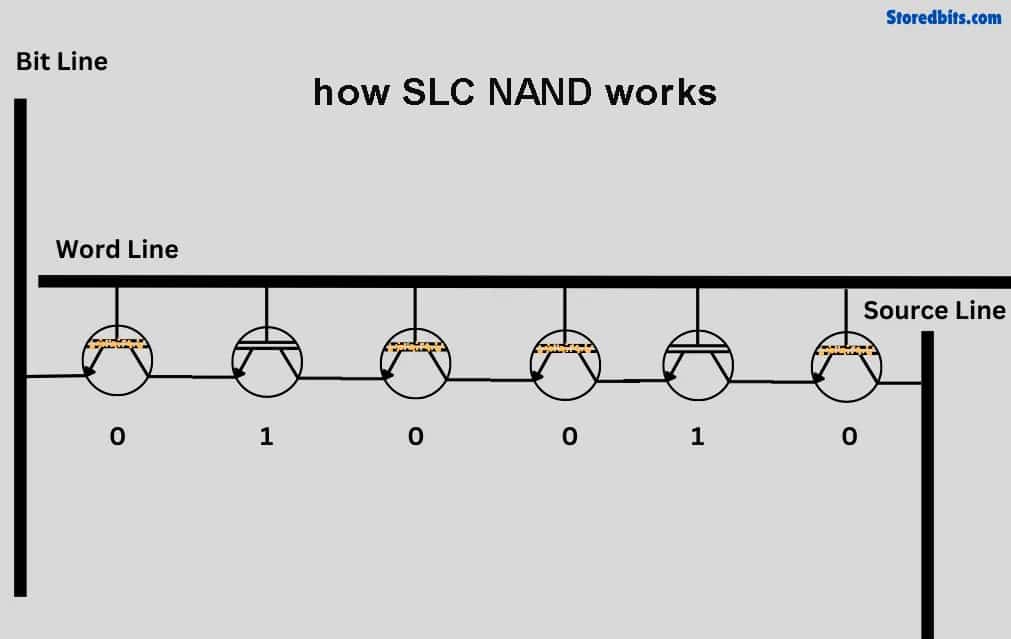
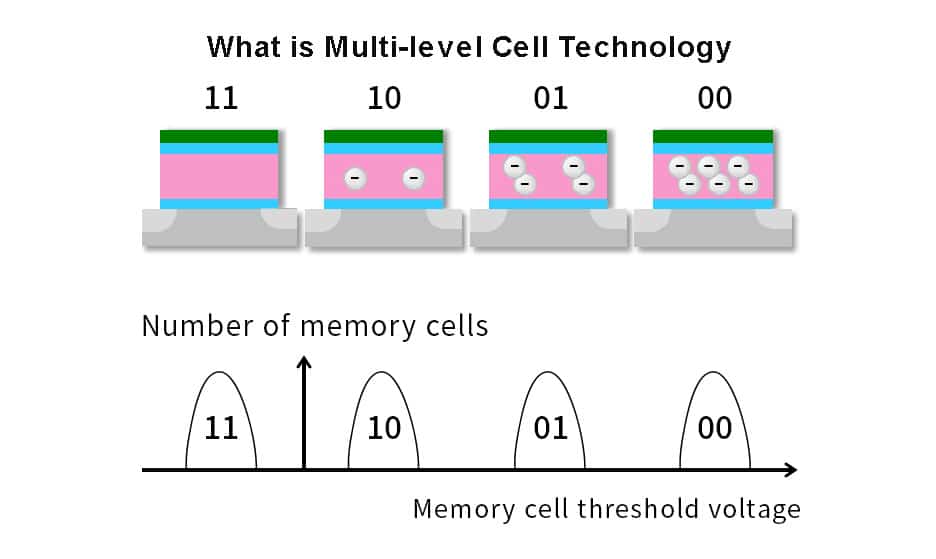
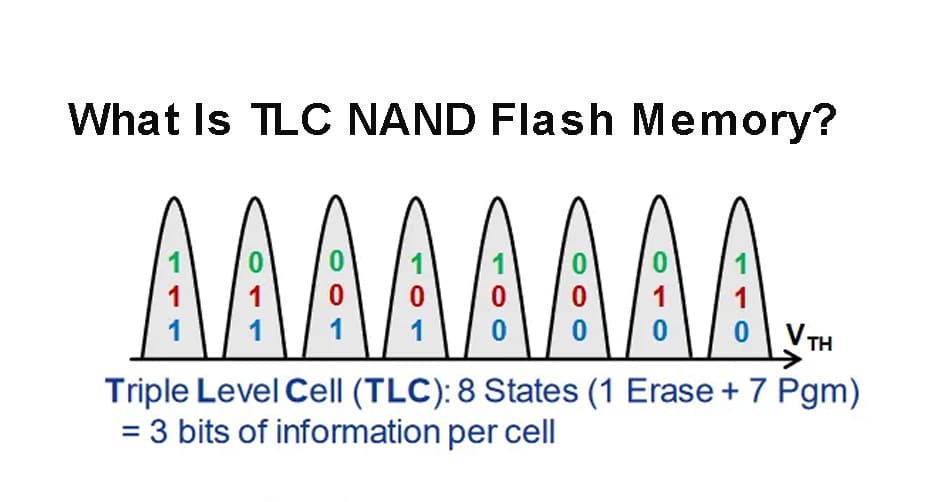
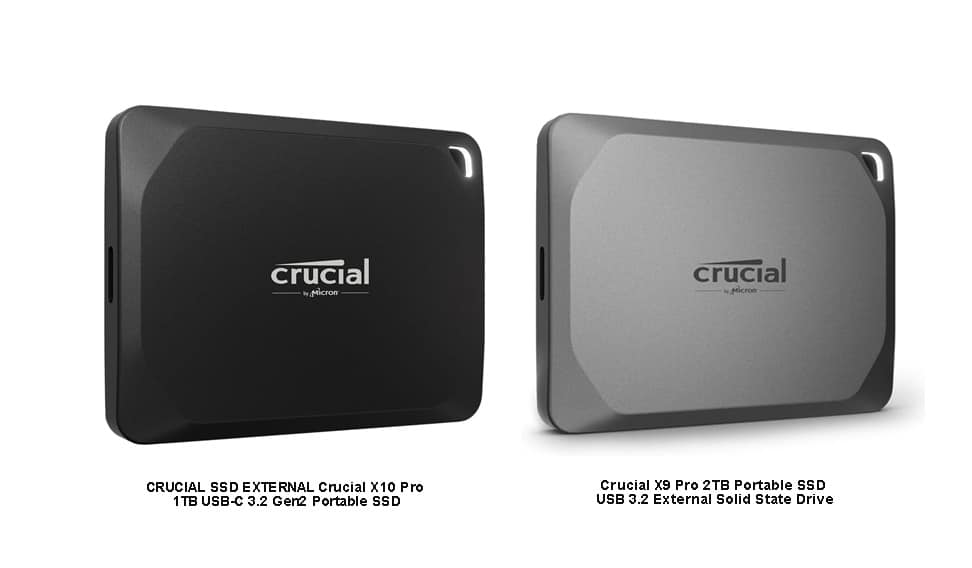
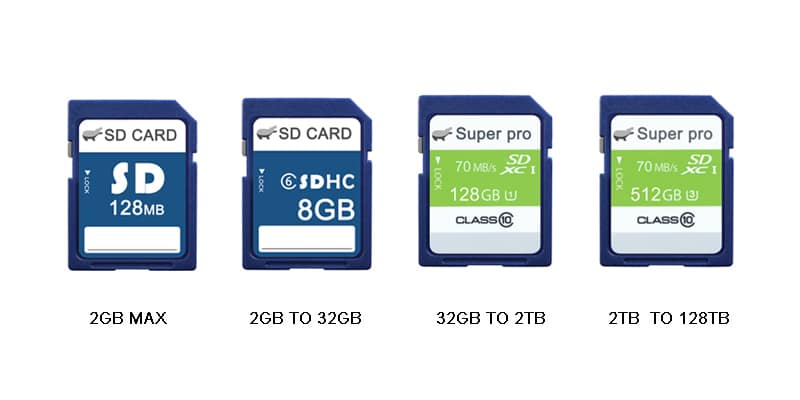
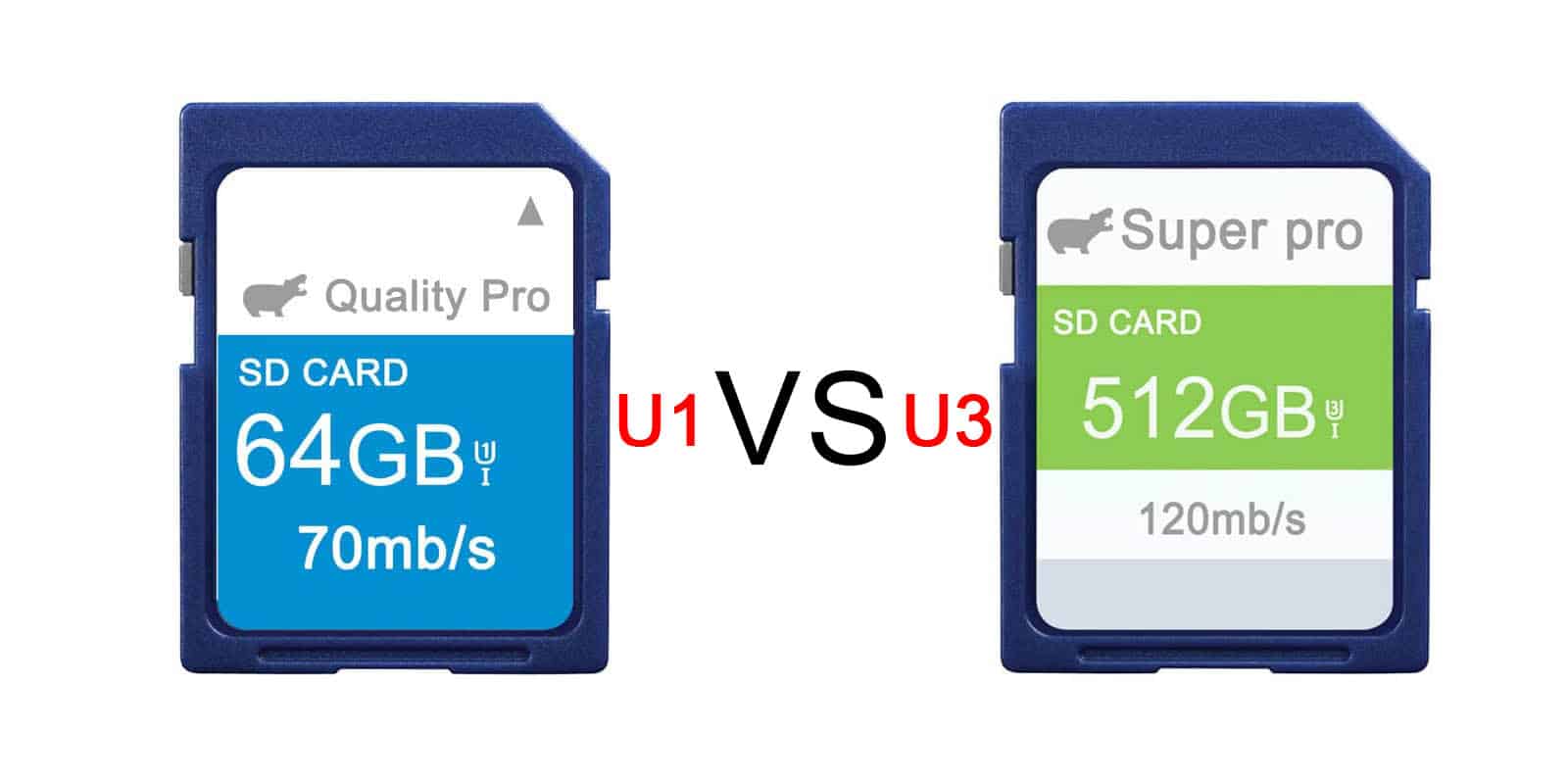
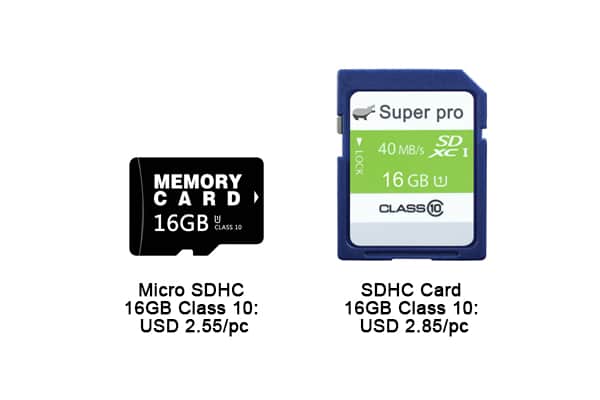
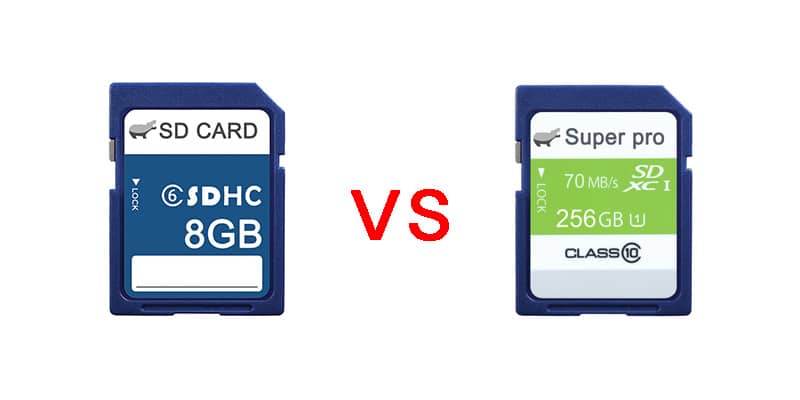
Leave a comment